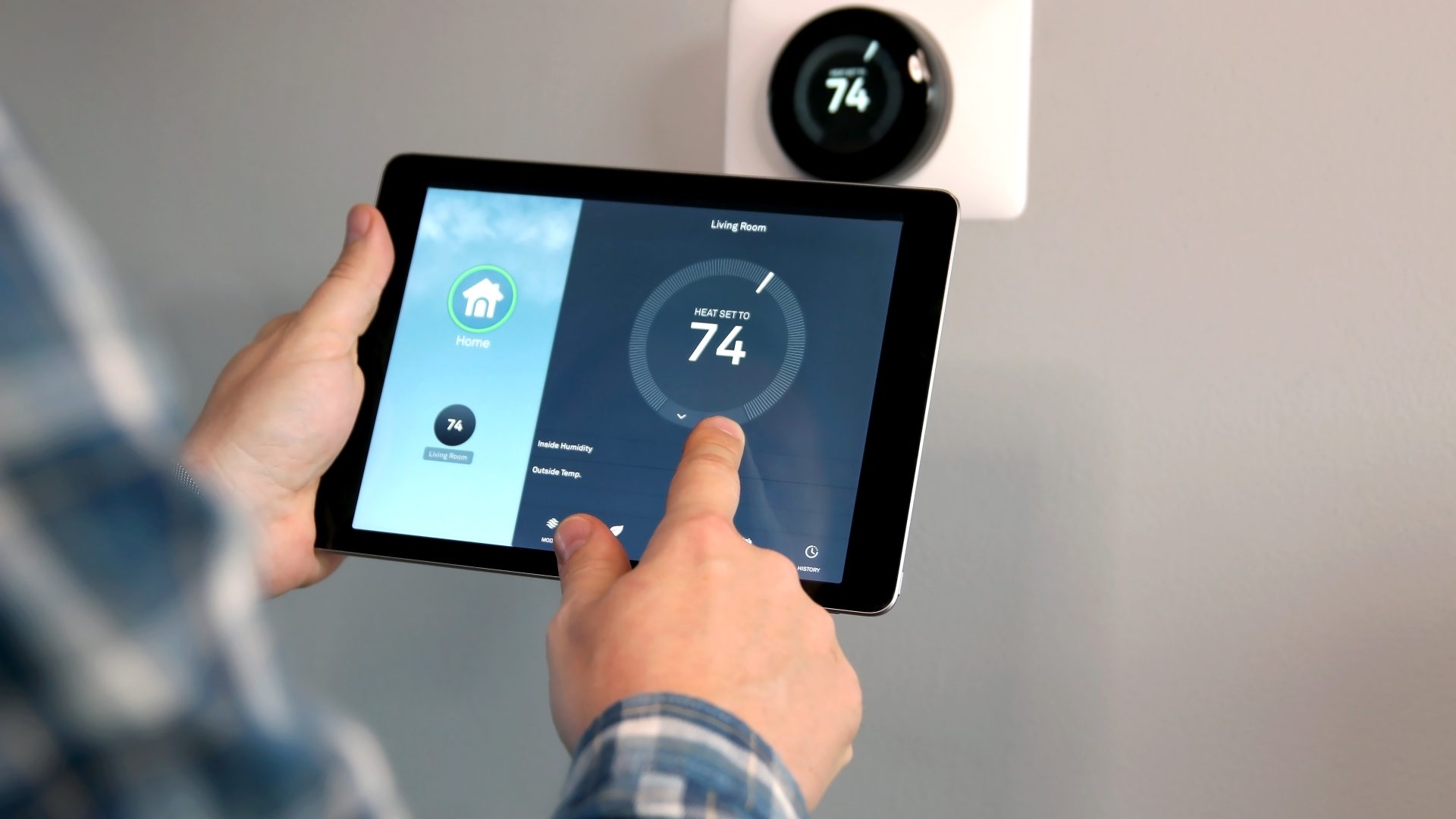Maintaining a functional HVAC (Heating, Ventilation, and Air Conditioning) system is crucial for home comfort, especially during extreme weather conditions. While professional repair services are sometimes unavoidable, there are several troubleshooting steps you can take to avert the need for a costly service call potentially. Here’s a comprehensive guide to help you troubleshoot your HVAC system before calling for repairs.
Check the Thermostat
The thermostat is the brain of your HVAC system. Often, issues can be resolved with a quick check here:
- Power Supply: Make sure the thermostat has power. If it’s battery-operated, replace the batteries. If it’s hardwired, check the circuit breaker.
- Settings: Ensure the thermostat is set to the correct mode—heating or cooling—and the appropriate temperature setting. For instance, if your air conditioner isn’t cooling, see if it’s mistakenly set to ‘heat.’
- Programming: Verify that programming schedules are correct. An incorrect schedule can affect system operation.
Inspect the Air Filter
A clogged or dirty air filter can reduce airflow, causing the HVAC system to work inefficiently or even shut down. This is one of the most common issues and the easiest to fix:
- Locate the Filter: Usually found in the return air duct or blower compartment.
- Remove and Inspect: Hold it up to the light; if you can’t see through it, it’s time for a new one.
- Replace: Install a clean filter, and remember to replace it every 1-3 months, depending on usage.
Review the Circuit Breaker
Your HVAC system is power-hungry and can occasionally trip the circuit breaker. Here’s what to do:
- Locate the Breaker Panel: Generally found in a utility room, basement, or garage.
- Check Breakers: Look for any breakers that have flipped to the off position, including individual circuits or the main breaker.
- Reset if Necessary: Switch it back on and see if the HVAC system powers up. If it trips again, there may be an electrical issue that needs professional attention.
Examine the Outdoor Unit
The outdoor component of your HVAC system could have issues that affect overall performance:
- Obstructions: Clear away any debris, leaves, or branches that could obstruct airflow.
- Inspect Coils: The evaporator and condenser coils should be clean. Dirty coils can lead to overheating and system failure. Professional cleaning is recommended, but you can gently clean minor debris with a soft brush.
Look at the Vents and Ducts
Blocked or compromised air ducts can reduce system efficiency and comfort levels:
- Open Vents: Ensure all supply and return vents are open and not obstructed by furniture or curtains.
- Duct Inspection: If accessible, check the condition of the ducts for holes, gaps, or disconnections.
Check for Unusual Noises
Unusual noises can be an indicator of mechanical issues:
- Grinding or Squealing: This may indicate motor or belt issues.
- Rattling: Loose components or debris could be the cause.
- Hissing: This could signify refrigerant leaks or duct issues.
Assess the Refrigerant Lines
Refrigerant is vital for the cooling function:
- Look for Ice: Iced-over lines can indicate low refrigerant levels or airflow issues.
- Check Insulation: Ensure the insulation on the refrigerant lines is intact.
Other Quick Checks
A few additional checks could also save you from a service call:
- Drain Lines: Ensure the condensate drain is clear. A clogged line can cause water damage and system shutdown.
- Fuses: Some HVAC units have internal or external fuses. Check for blown fuses and replace them if needed.
Conclusion
Understanding how to troubleshoot your HVAC system can save you time and money. By addressing minor issues yourself, you may avoid unnecessary service calls. However, safety first: if your HVAC issues persist, it’s best to consult a professional to avoid causing further damage or compromising your home’s comfort and safety.
By following these steps methodically, you can either solve the problem yourself or provide a technician with valuable information, ensuring a quicker and potentially less costly repair. By regularly maintaining your HVAC system, you’ll stay ahead of issues and enjoy a more comfortable living environment year-round.
Advanced Cooling is the premier choice for HVAC services in Texas and Oklahoma. With a team of highly trained and certified technicians, we have the expertise to handle all of your heating, ventilation, and air conditioning needs. Our commitment to customer satisfaction is unmatched, and we always go above and beyond to ensure that your experience with us is positive. We use only the highest quality parts and equipment to ensure that your HVAC system is running at peak performance. Plus, we offer competitive pricing and flexible scheduling to fit your needs. Choose Advanced Cooling for all of your HVAC needs in Texas and Oklahoma.
